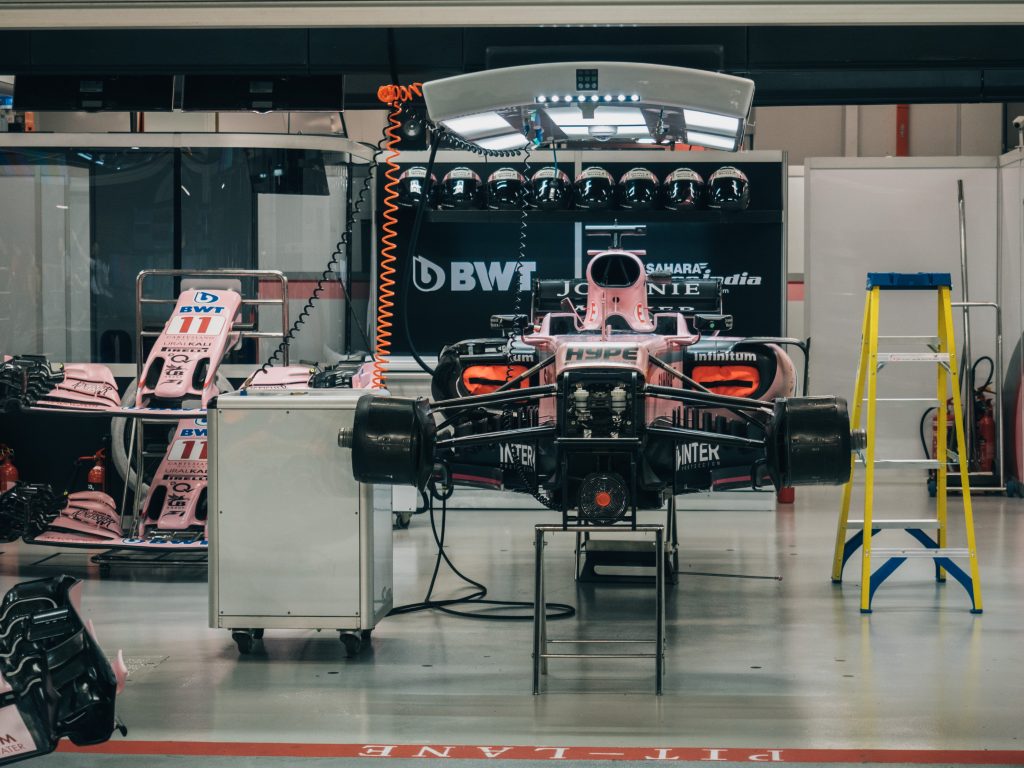Marketing Strategy that Revived the fate of Formula One part2
Data First Marketing Strategy of Formula One
Liberty Media leveraged the insane amount of data that F1 holds to tell new off-track stories and generate fan engagement. This data is not just already present content in the form of video and data points from the previous six decades of F1 racing, but also over 1.1 million data points each F1 car pushes out per second through 300 sensors!
While earlier this data was being used by the teams to make better cars and improve strategy, it could now be used by fans to understand the races better. Using this treasure trove of data allowed F1 to bring better content to the hardcore fans.

F1 partnered with AWS to use this data to create a better fan experience, enabling them to analyze race strategy, compare competitors, and interpret car/driver performance in real-time. For the hardcore F1 fan, this means there are a lot more points to discuss in that debate of Verstappen vs Hamilton. (Full disclosure: The author is a Red Bull Racing fan.)
Further, this incredible power of data brings in previously never thought about avenues for fan engagement. Imagine racing with your PS/Xbox in real-time while a race is going on!
Modern Marketing Strategy of Formula One
Despite the seemingly simple surface-level assumption that the best car and the best driver with the best strategy wins, F1 is not a self-evident sport. Watching the race can be confusing even with all the stats and commentary shooting off the screen. Terms like ‘chequered flag’ and ‘aerodynamics’ might be common, but ‘downforce’, ‘hot lap’, or ‘apex’ might leave people scratching their heads.
To solidify the casual viewers into regular fans, F1 utilized forms of digital outreach that not only kept the fans entertained, but also educated them about the intricacies of the sport.
There was a concerted effort to connect with further, to address the problem of fans’ disconnectedness, F1 released campaigns with unique viewpoints to target potential fans. Engineered Insanity, F1’s first campaign after Liberty Media took over, showed what F1 feels like from the driver’s seat by putting fans at the heart of the action. The second campaign Man vs Machine paid tribute to all the engineering teams that make the cutting-edge technology of F1 possible.h younger fans and build a strong digital presence. It started with simple things like YouTube videos delving into the drivers’ personalities, behind-the-scenes action, and listicles.
Add to this a mix of F1 podcasts, F1 apps, and F1TV, a one of its kind over-the-top streaming platform. And fans can tune into F1 content wherever, whenever, and however, they want.
Meaningful Connections
The biggest change in the marketing strategy of Formula One from the Ecclestone era to Liberty Media’s approach is, that all fans are treated with respect and given equal importance. There is a difference between a customer and a fan, and that is passion. Liberty Media understands that passion, especially in sports, ultimately drives sales.
Audiences want to watch an exciting sport, but they also want it to feel relevant to their lives and issues that matter to them. Until recently, drivers were not allowed to be on social media or to interact with fans outside of approved avenues. But now, the opening up of social media has given fans a window into the worlds of their favorite drivers and teams. This gives fans a chance to see their driving heroes as real people instead of just rich dudes in fast cars.
Conclusion
In the last few years, Formula One has come a long way, especially with its marketing strategy. The sport has increased TV and digital viewership and added a significant number of fans in critical demographics. 61% of new fans are under the age of 35 and 25% are between 16-24 years of age.
There were many ways in which fans could engage with the sport beyond watching races on TV or attending them live. The content was becoming more portable and personalized. These fans will potentially support the sport for decades to come.
Liberty Media understood that in F1 they have the best technology, the best engineers, and one of the most innovative sports in the world. The only thing missing was the connection with the fans. And as F1’s ex-commercial boss Sean Bratches said in a 2018 interview, “We are myopically focused on serving the Formula 1 fan.”
Comments
Post a Comment